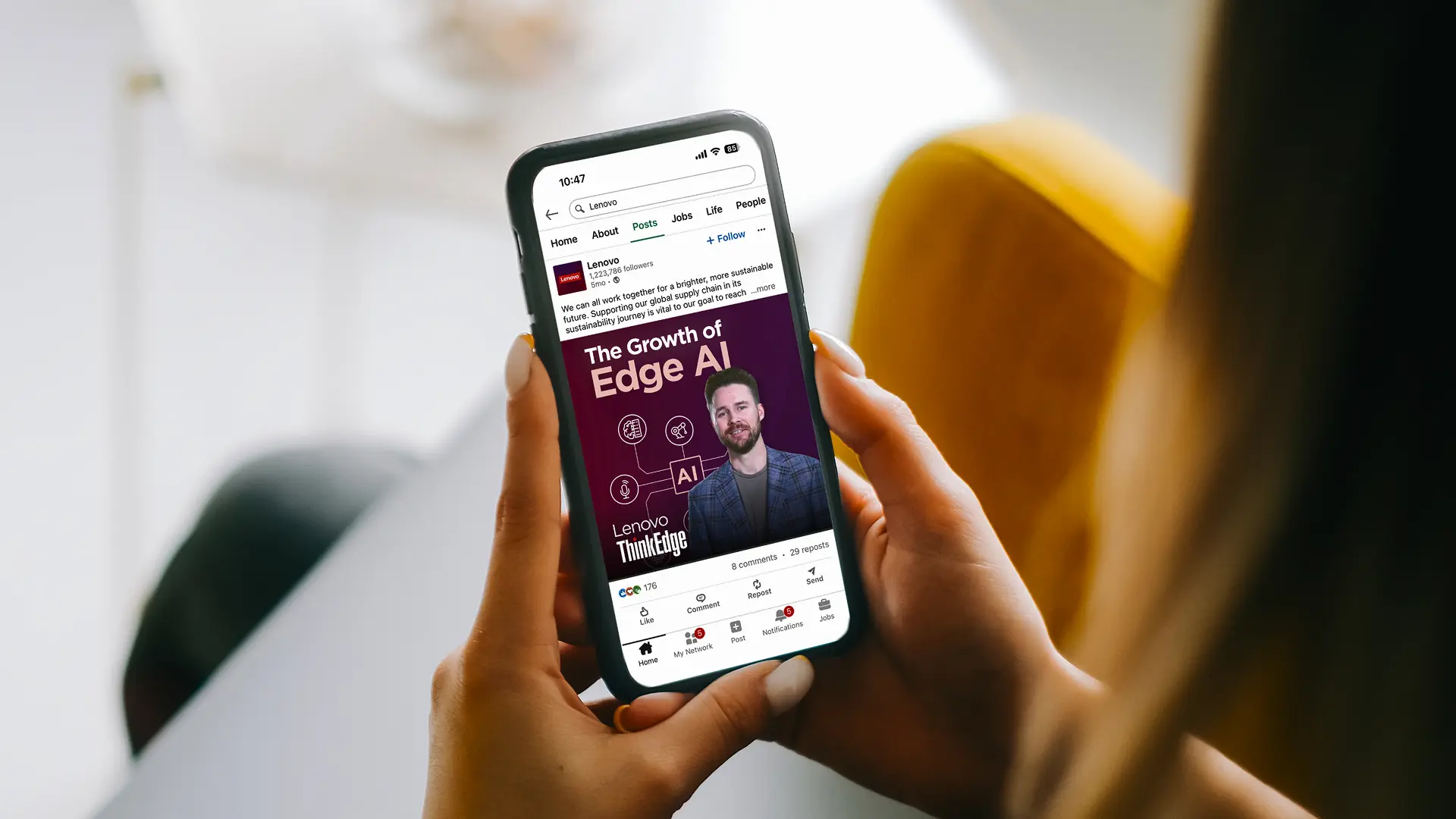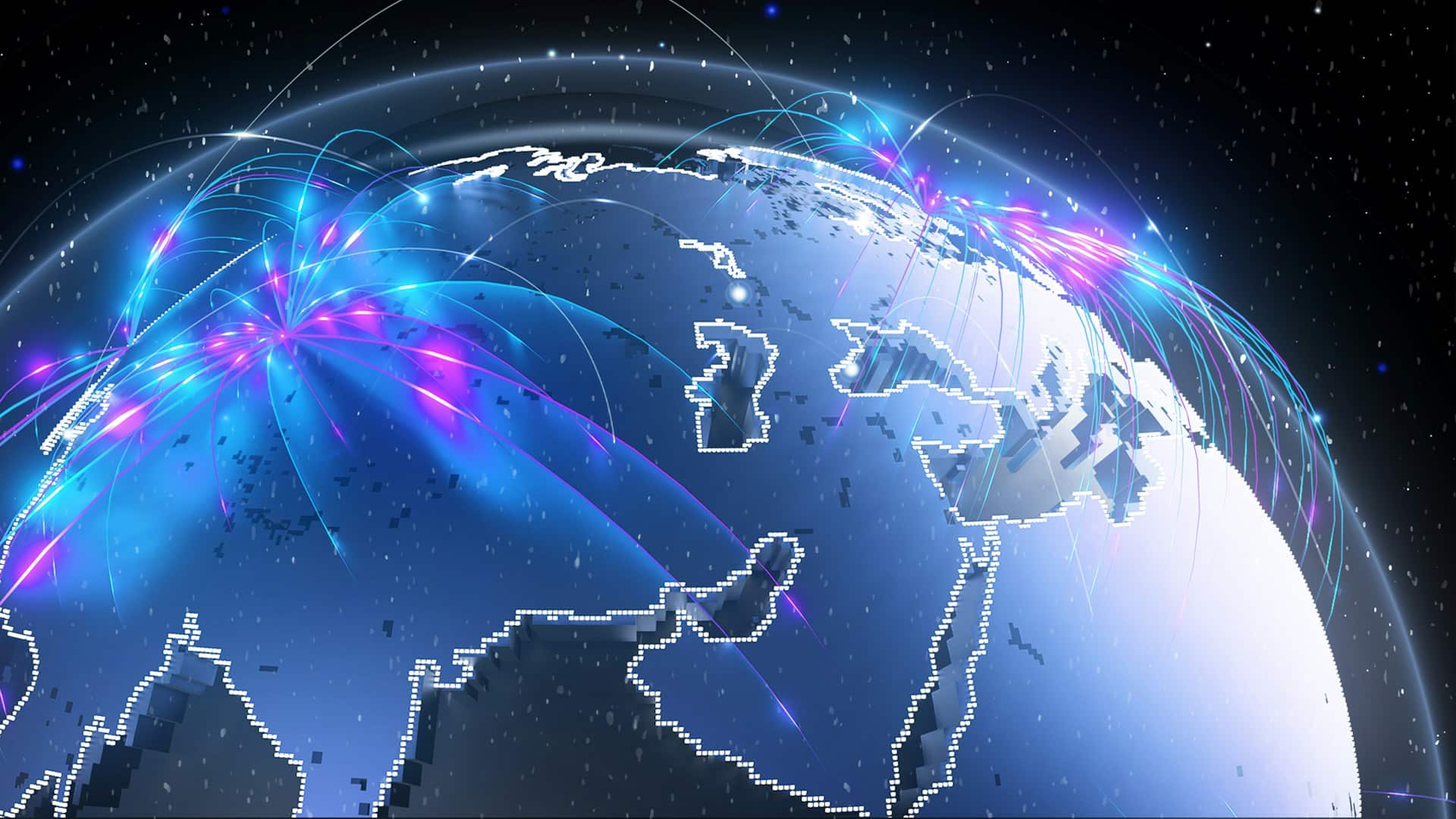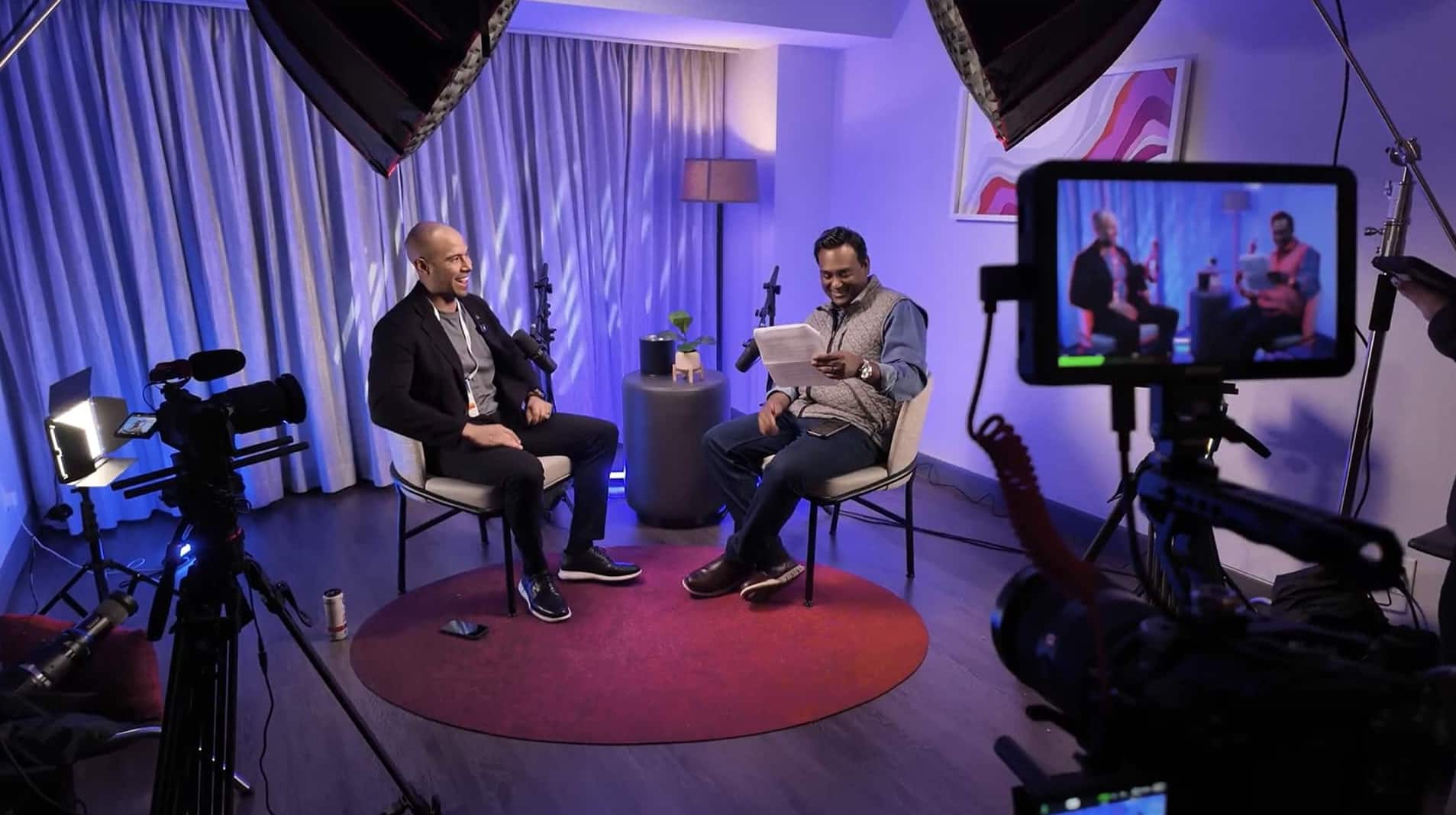For years, marketing teams have been obsessed with the wrong math. Clicks, form fills, MQLs — all the numbers that look good in a slide deck but don’t always translate to real growth.
The reality is, the buying journey has changed faster than the way most companies measure it. And in 2025, the brands that are growing pipelines the fastest aren’t chasing conversions — they’re competing for attention.
Why the top of the funnel isn’t a vanity play anymore
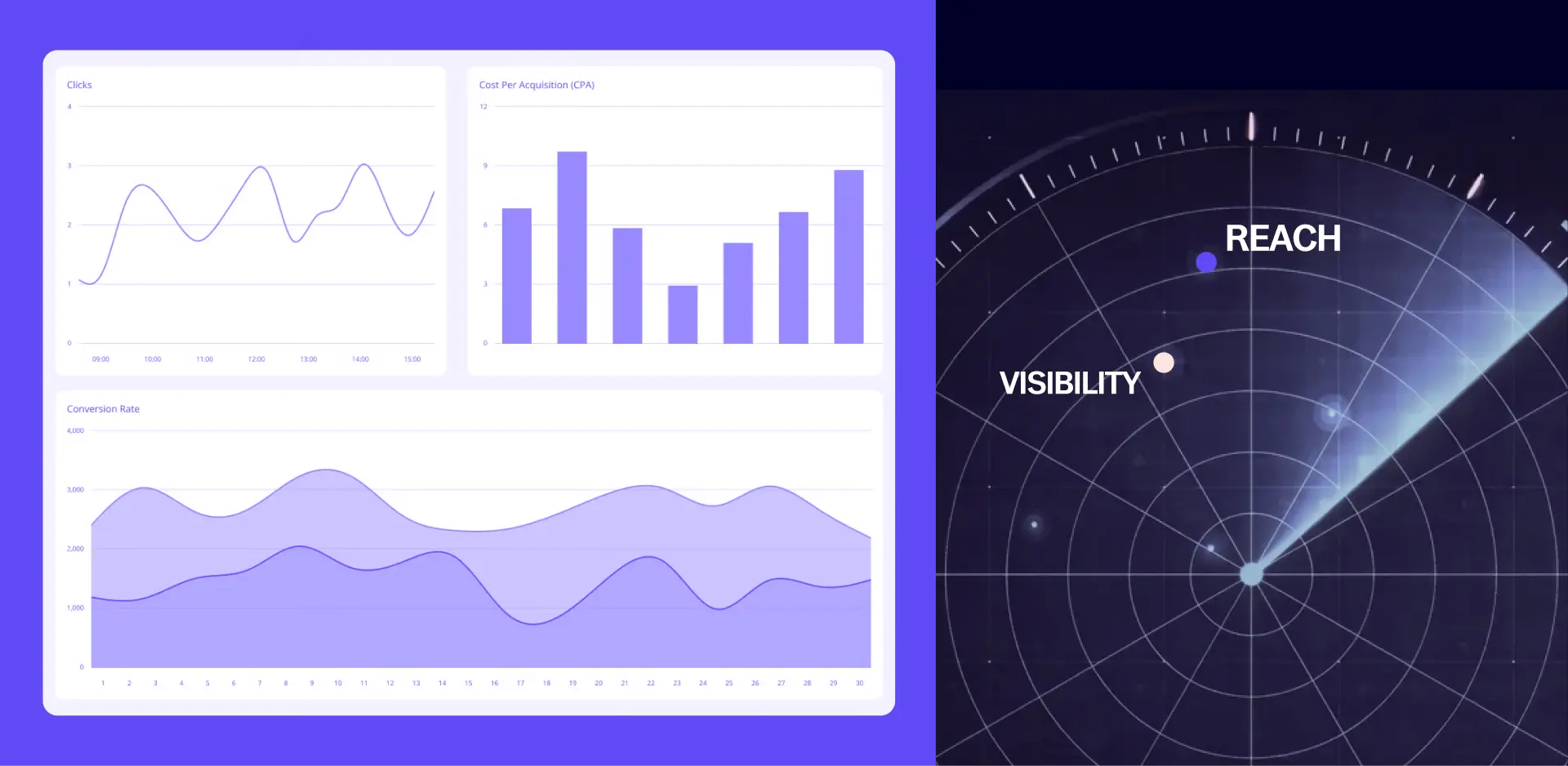
If you’re a CMO, you’ve probably had that conversation: “Shouldn’t we optimize for leads instead of impressions?”
It’s a fair question, but it’s rooted in an outdated view of how buying decisions form.
Every B2B deal starts long before anyone fills out a form. Your audience has already built mental availability — meaning they recognize and trust your brand — through repeated exposure to your ideas, your people, and your story. That’s the invisible groundwork that demand gen depends on.
And the best way to build that availability? Consistent, high-quality video content distributed through top-of-funnel campaigns — particularly those optimized for Brand Awareness and Video Views.
These two objectives outperform the traditional Engagement goal because they tell LinkedIn’s algorithm, “Show this message to as many qualified people as possible” rather than “Show it to people likely to click a button.” The result: broader reach, deeper recall, and better efficiency across your entire customer journey.
LinkedIn’s evolving ecosystem: from clicks to consumption
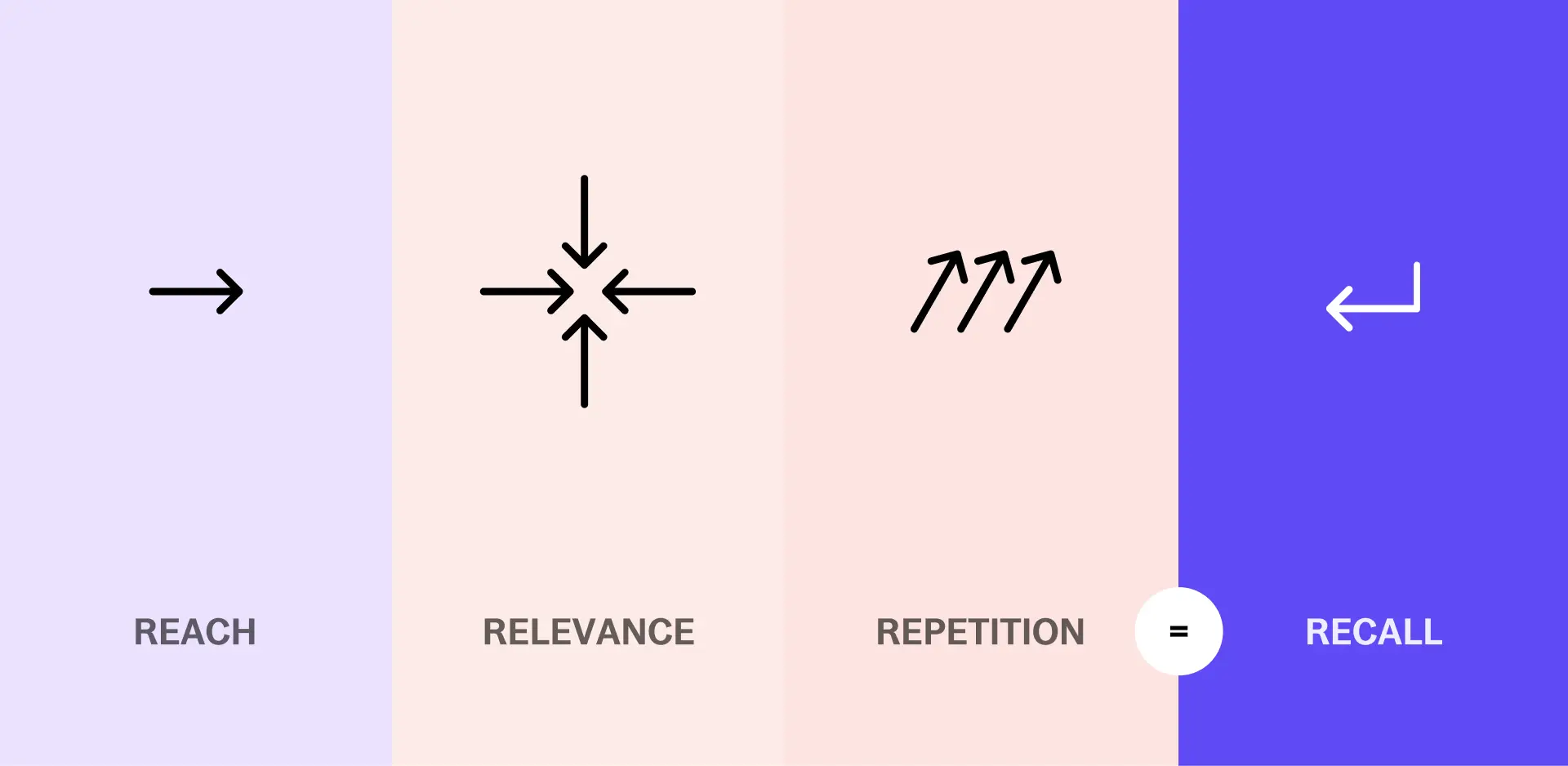
Let’s put some context around this shift.
LinkedIn now reaches roughly 1.2 billion professionals globally, with video consumption up 36% year over year. The platform has quietly transformed from a job board into a B2B media network — a place where buyers consume thought leadership rather than just browse resumes.
Yet, many advertisers still treat LinkedIn like a lead form machine. They optimize for Engagement, which often results in a small group of hyperactive users seeing your ads repeatedly, driving up costs while throttling reach.
On the other hand, Brand Awareness and Video Views objectives expand your message across a broader but still targeted audience — letting your ideas work as brand touchpoints at scale. They’re not soft metrics anymore; they’re leading indicators of future pipeline.
It’s the new math of attention: reach × relevance × repetition = recall.
Video is the catalyst
Every marketing era has its medium. In B2B, this decade belongs to video.
Video doesn’t just reach people — it changes how they feel about what they’ve seen.
According to LinkedIn’s internal data, short-form video is now the fastest-growing ad format on the platform. And in a world where trust is the new currency, putting your experts, your customers, and your ideas on camera is one of the most scalable ways to build credibility.
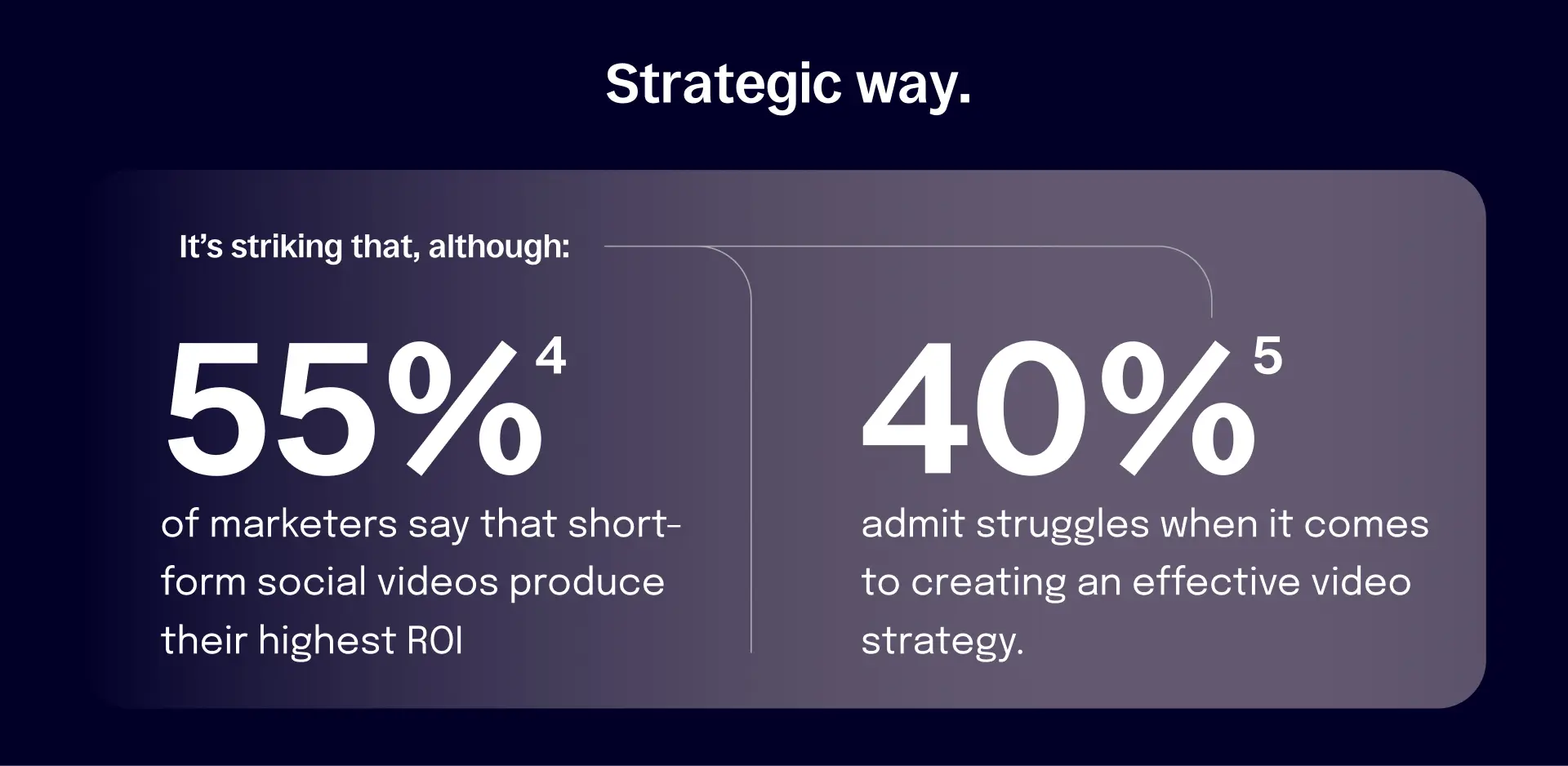
The algorithm also favors it. Videos that hold attention — even for 10 to 15 seconds — train LinkedIn’s system to push your content further. When you optimize for Video Views, the platform learns which viewers actually watch, and starts prioritizing those behavioral patterns.
That’s why modern B2B CMOs are treating video not as a one-off asset, but as a core system for visibility. The smartest teams are creating structured “content ladders” — short TOFU hooks for reach, mid-length explainers for education, and bottom-funnel testimonials for proof. Each one feeds retargeting audiences for the next.
A smarter funnel (and why fewer objectives can mean better results)
There’s a simplicity to high performance. You don’t need seven campaign types — you need clarity.
Step 1: Build visibility.
Start with Brand Awareness or Video Views campaigns targeting your ICP — industry, company size, seniority. Run 2–3 creative variations. Let the algorithm find your viewers and build your warm audience. Don’t rush this phase; it’s where trust compounds.
Step 2: Re-engage with context.
Once you’ve built a pool of viewers and visitors, shift to Website Visits or continued Video Views with slightly longer content — think explainers, demos, or thought leadership interviews. This phase bridges awareness and intent.
Step 3: Convert with intent.
Now retarget those who’ve watched 50–97% of your videos or visited key pages. Use Lead Gen Form campaigns or conversion-optimized Website Visits to capture demand while it’s warm.
The structure is simple, but the results are compounding: every stage informs the next.
The budget conversation CMOs should be having
A CMO’s job isn’t to lower cost per click — it’s to grow pipeline predictably. And predictability comes from having a funnel that builds equity at the top, not just activity at the bottom.
On LinkedIn, the minimums vary. Brand Awareness campaigns sometimes require $25.50/day versus $10/day for other objectives. That shouldn’t scare you off — it just means you’ll deliver your budget faster and gain reach sooner. For larger organizations, think in terms of balance, not constraints:
- Allocate 60–70% of your spend to TOFU visibility — it’s what feeds every downstream metric.
- Use 20–30% for middle-funnel education, where you start connecting dots.
- Reserve 10–20% for conversion retargeting — your harvest phase.
The new math isn’t about lowering costs — it’s about raising velocity.
What to actually measure
At the executive level, metrics only matter if they tell a story about market movement.
Here’s how to think about it:
- At the top: CPM, reach, and frequency tell you whether your story is being heard.
- In the middle: view-through rates and website sessions reveal how much attention you’ve earned.
- At the bottom: CPL and SQO rates show whether your narrative converted into pipeline.
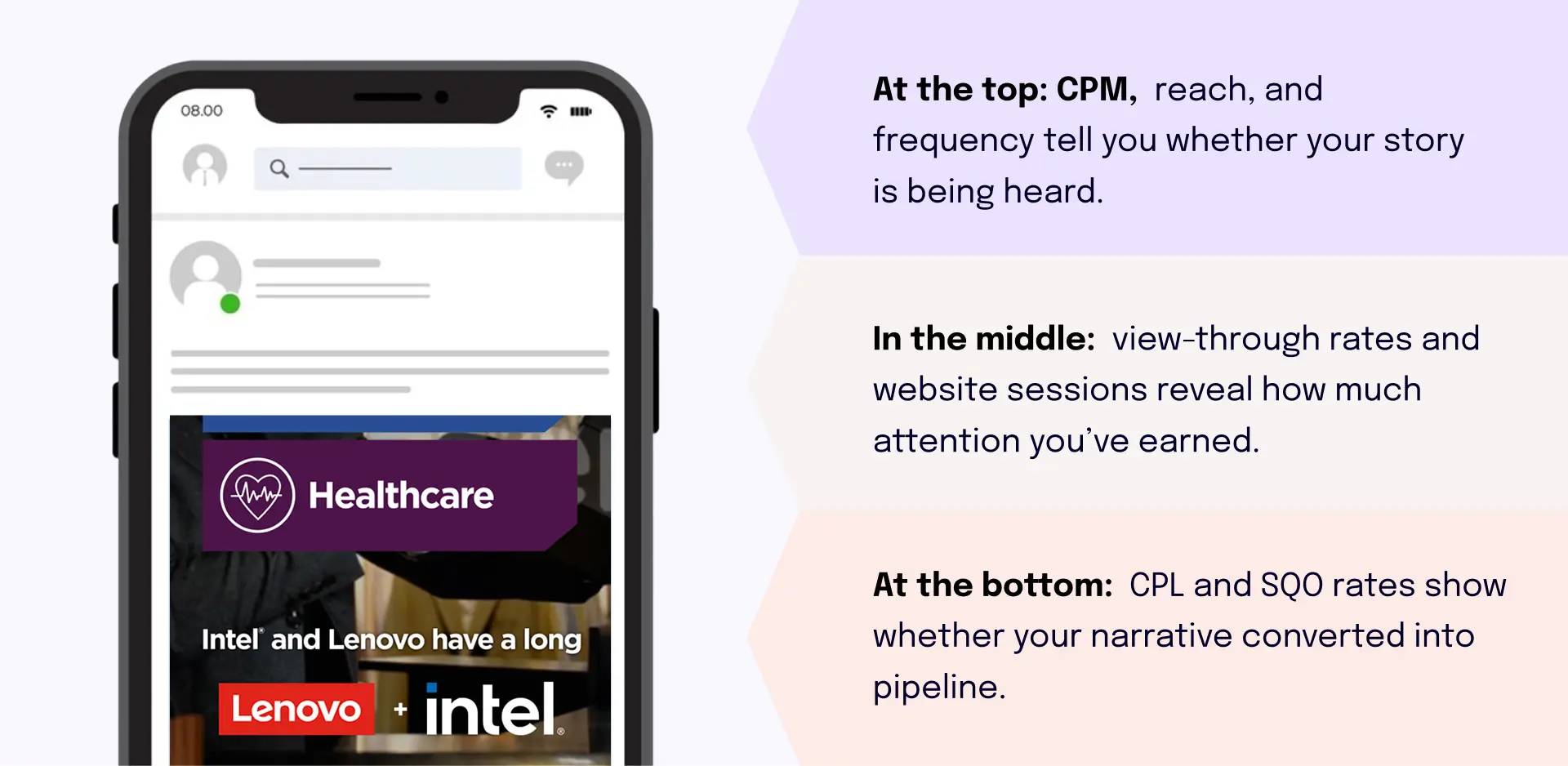
But don’t measure in silos. Watch how awareness performance correlates with lead quality and close rates over time. The strongest brands can trace improved deal velocity back to months of consistent visibility work.
That’s the compounding nature of attention: today’s impressions become tomorrow’s meetings.
Attention is the new pipeline
The future of B2B marketing belongs to brands that can earn, measure, and sustain attention.
Not the flash-in-the-pan kind — the type that builds reputation and recall across a market.
Every video view, every awareness campaign, every exposure is a seed. And just like in finance, compound interest takes time, but once it starts working, it becomes unstoppable.
So the next time your team debates objectives, remember this:
You don’t win by chasing clicks. You win by owning the mindshare that turns into demand before your competitors even know it exists.
That’s the new math of attention.
And for CMOs who master it, it’s not just smarter marketing — it’s sustainable growth.
